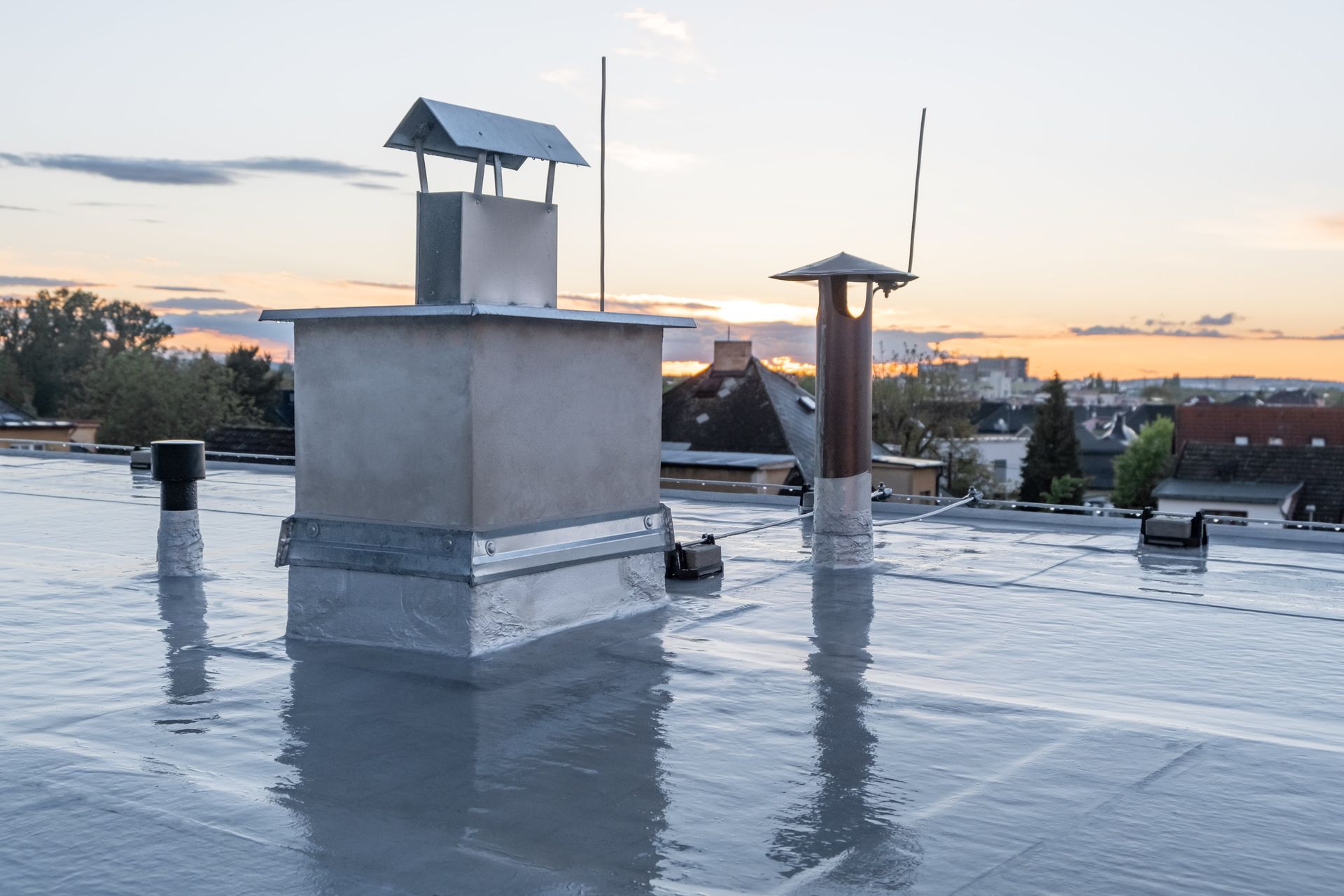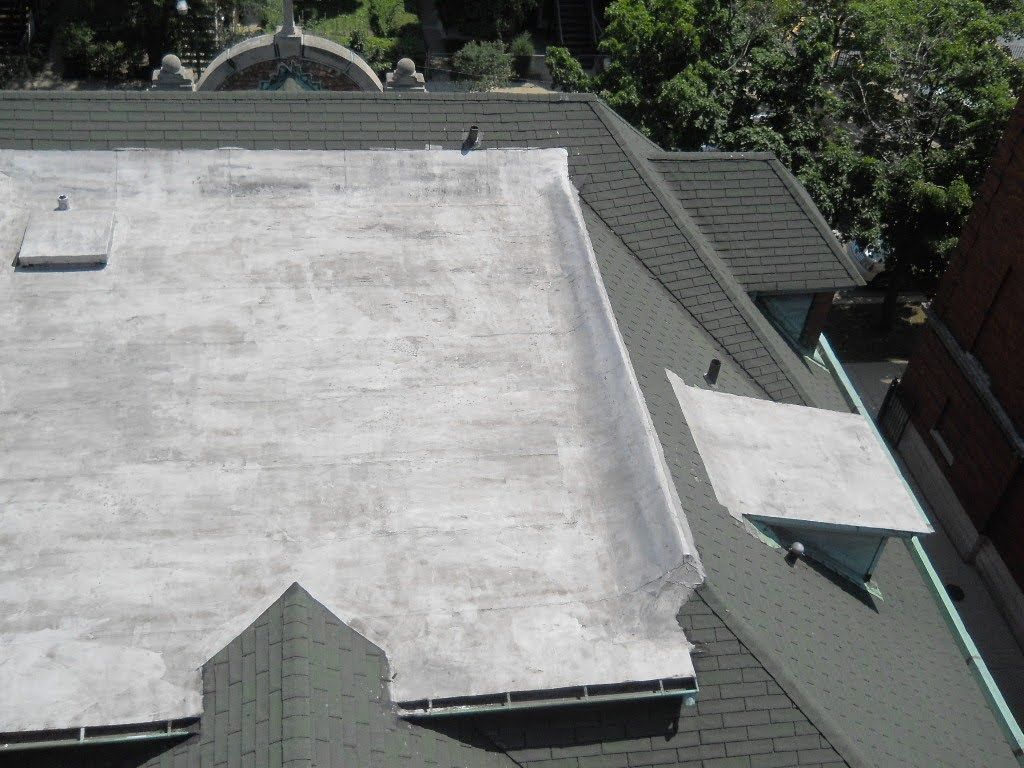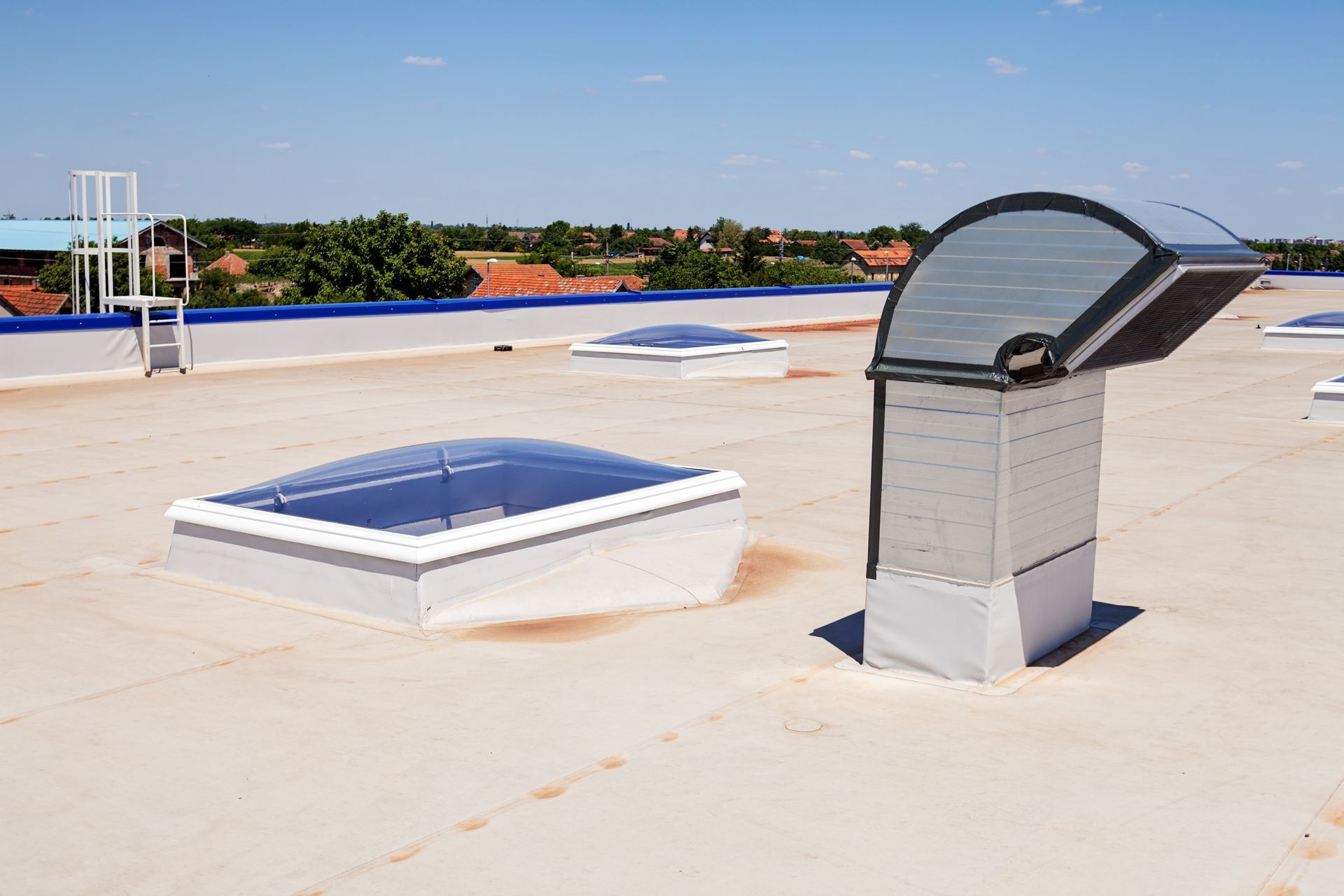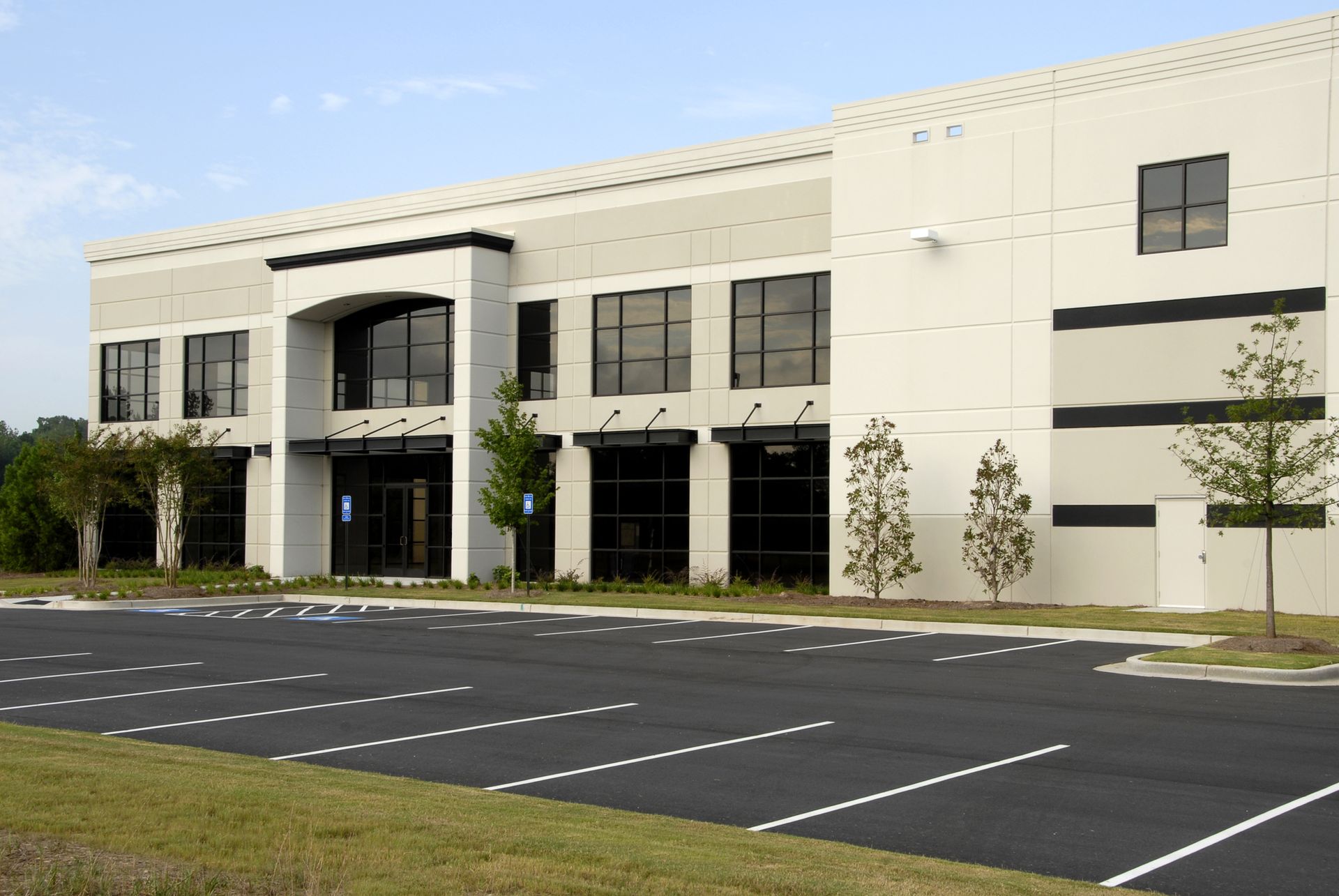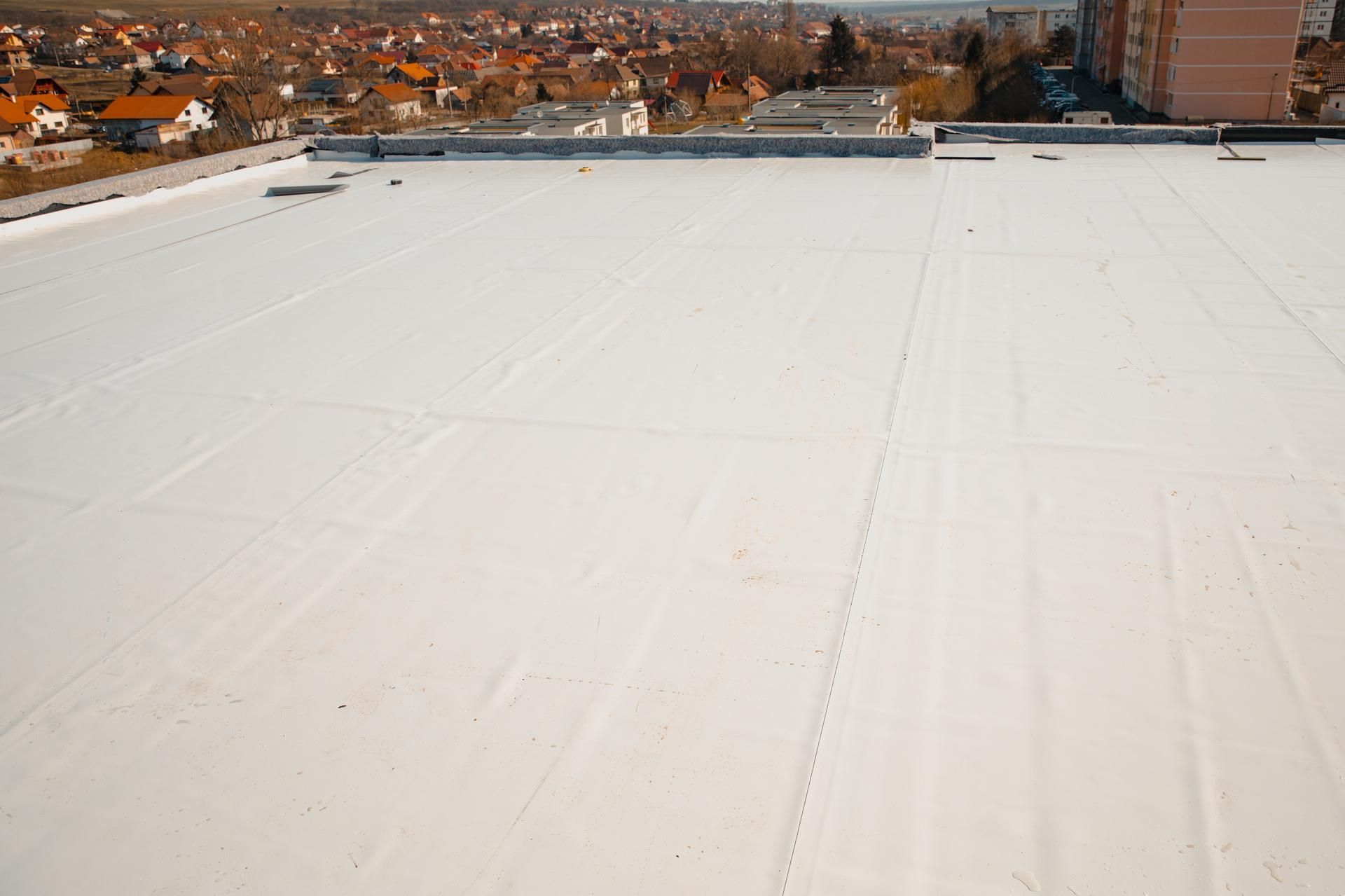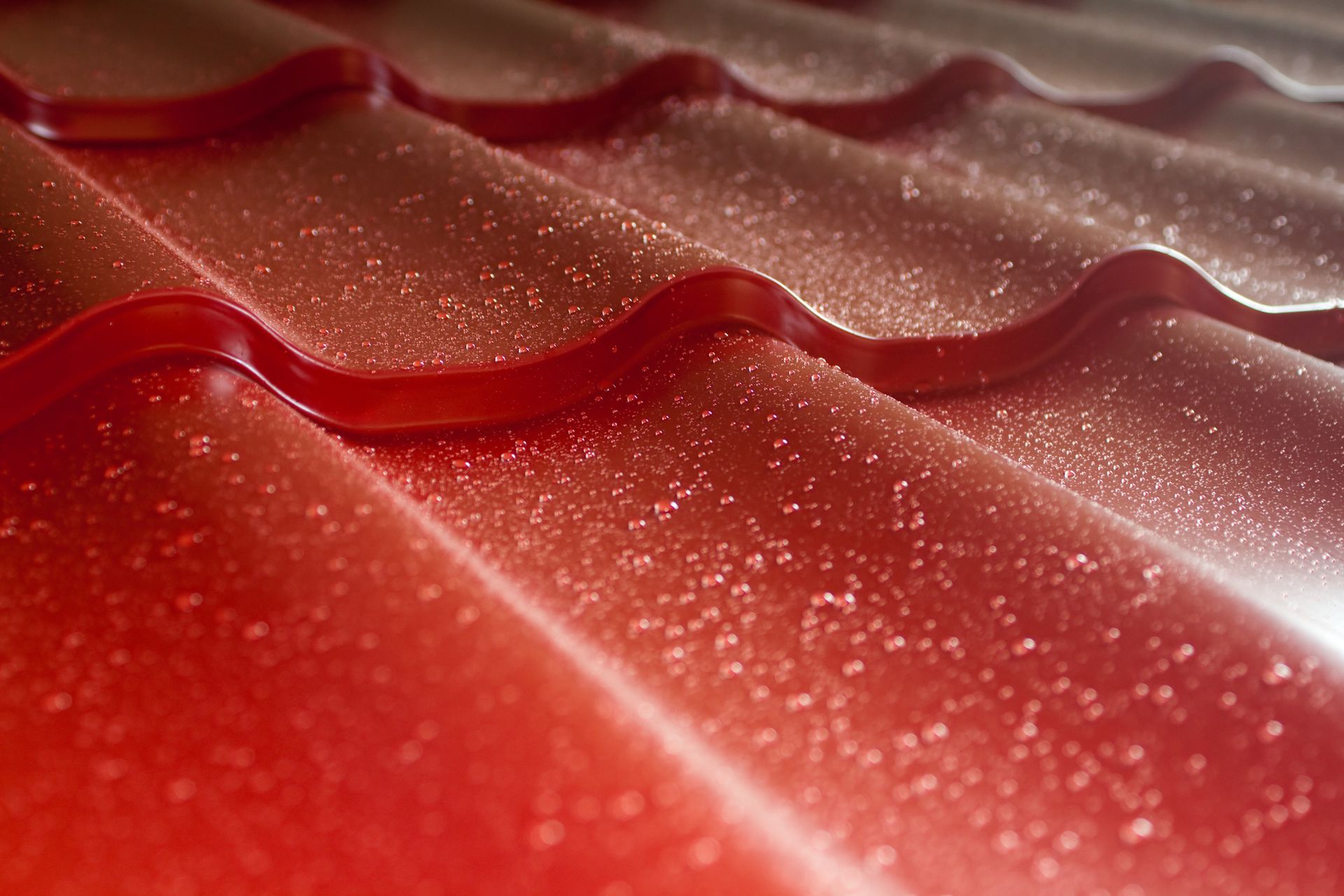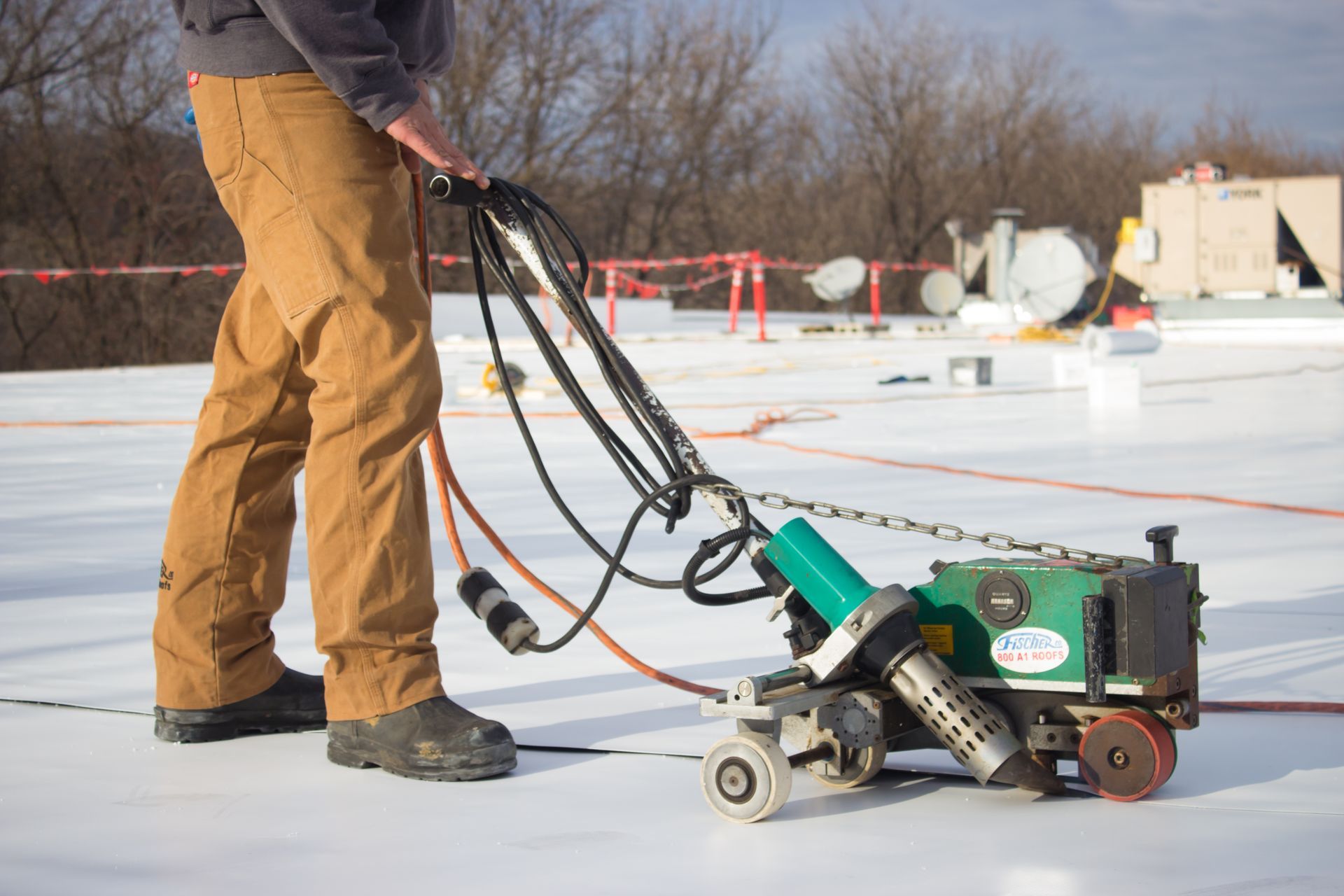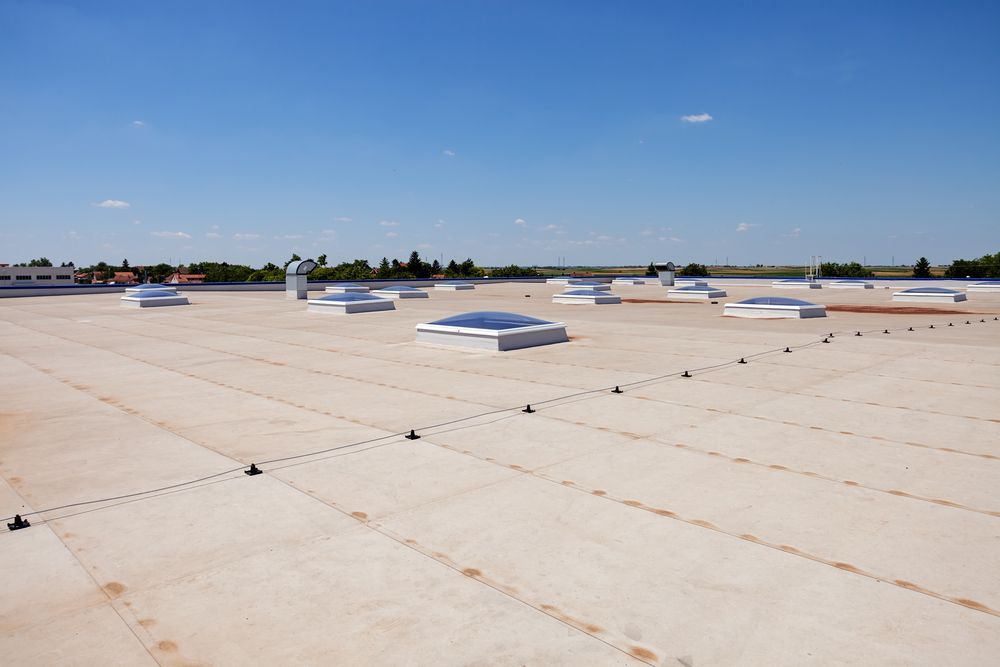Flat Roof Leaks: Causes, Solutions, and Prevention

Flat roofs offer a modern aesthetic and practical design, but they are not without challenges. Among the most common issues owners face are leaks, which can lead to costly repairs and potential damage if left untreated. Understanding the causes of flat roof leaks, solutions to fix them, and preventative measures can save you time, money, and stress. This post will guide you through identifying leaks, repairing them effectively, and safeguarding your roof for the future.
Common Causes of Flat Roof Leaks
Flat roofs are unique compared to pitched roofs, and their design makes them prone to particular types of wear. One of the leading causes of leaks is standing water. Unlike sloped roofs, flat roofs do not rely on natural slope drainage, so water that doesn’t properly flow off the surface can pool and deteriorate the material over time. This issue is often the result of improper drainage systems or uneven surfaces caused by structural flaws or age.
Damaged or aging roofing materials also contribute significantly to leaks. Over time, exposure to sunlight, heavy rainfall, and fluctuating temperatures can weaken the membrane covering the roof, leading to cracks, blisters, or tears. Additionally, faulty flashing, the material that seals seams near critical areas like chimneys and vents, can allow water to seep in. Loose or improperly installed flashing can create vulnerable points for leaks.
If a roof is not properly sealed or if the materials selected are incompatible with flat roofing, leaks can appear prematurely. Missteps during maintenance, such as walking on sensitive areas without proper equipment, can also lead to issues that compromise the roof’s integrity.
Identifying a Flat Roof Leak
Spotting a roof leak early is crucial in minimizing damage. Start by inspecting your property for signs of water damage, especially on ceilings, interior walls, or areas directly beneath the roof. Stains, discoloration, or peeling paint often signal moisture intrusion. Additionally, visible dripping or wet patches during rain are clear indicators of a leak. On the roof itself, carefully check for pooling water, cracks, punctures, or damaged flashing. Pay close attention to seams and roofing penetrations such as vents, chimneys, or skylights. If water damage is localized directly under one of these areas, that’s often where the leak originates. Keep in mind that leaks might not always align with the location of damage inside the property; water can travel along the roof's surface before entering your space.
Repairing a Flat Roof Leak
Once you’ve identified the leak, addressing it promptly is essential. Begin by cleaning the area surrounding the damage to ensure an effective repair. Dirt, debris, or loose materials can interfere with the adhesive needed to seal the repair.
For minor cracks, holes, or punctures, a patch composed of compatible roof material can often suffice. Apply a sealant designed for your type of roofing membrane, ensuring the area is watertight. Spread the sealant evenly, pressing firmly to adhere it properly and prevent water from seeping underneath.
Larger issues, such as pooling water or extensive material damage, might require professional intervention. Structural problems, uneven surfaces, or drainage system failures often call for expertise to ensure the problem doesn’t worsen over time. A roofing professional will likely assess underlying issues and apply advanced solutions such as installing new membrane layers or improving drainage.
Replacing the flashing may be necessary if the original seals around vents, chimneys, or edges have deteriorated. The new flashing ensures a tight bond in these vulnerable areas, providing long-term protection against leaks. Always prioritize long-lasting materials and proper sealing techniques to maximize the repair’s durability.
Preventing Flat Roof Leaks Before They Start
While addressing leaks is important, preventing them ensures peace of mind. Regular roof inspections, ideally twice a year, play a pivotal role in maintaining the roof’s condition. Check for developing problems such as cracks, pooling water, peeling material, or clogged drains. Early detection allows for preventative maintenance, ultimately extending the lifespan of your roof.
Ensure proper drainage by frequently clearing debris from drain outlets and gutters. An effective drainage system prevents water from pooling, minimizing the risk of membrane degradation. To avoid uneven surface areas, reinforce the roof structure as needed with the help of professionals.
For more information about this, contact us at Fischer Roofing.
Email:
Locally servicing the Metro Area, Minneapolis, St Paul, and West Central Wisconsin

